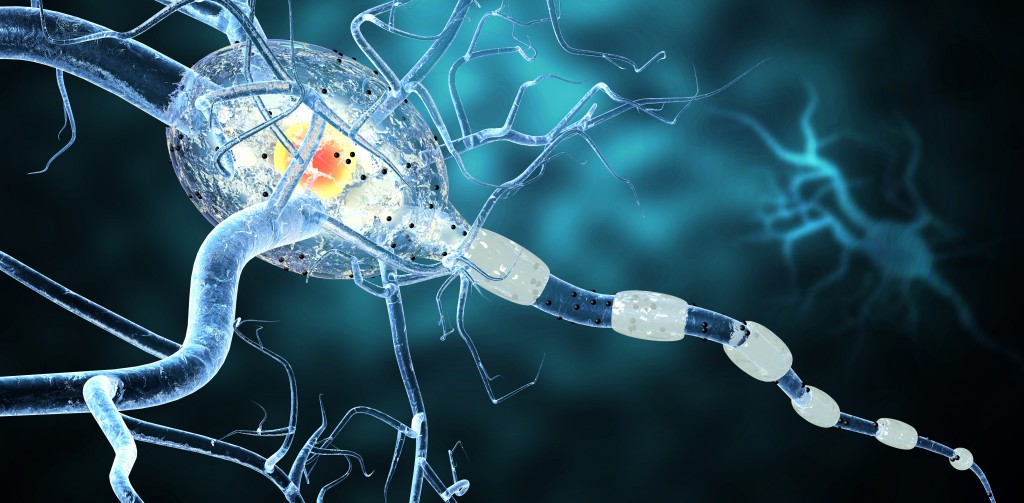MS Active and Inactive Lesions Differ in Levels of Enzymes that Drive Glucose Metabolism
Dec 21, 2015
A research team recently showed that key enzymes of energy metabolism pathways are differentially expressed in active and inactive multiple sclerosis (MS) lesions, and may contribute to axonal degeneration in MS. The study, titled “Differential expression of glucose-metabolizing enzymes in multiple sclerosis lesions,” was published in the journal Acta Neuropathologica Communications.
MS is an immune-mediated disease of the central nervous system characterized by the destruction of the myelin layer within nerve cells, leading to a wide range of neurological symptoms (affecting sensory, motor, autonomic, and neurocognitive functions) that manifest usually between the ages of 20 and 40.
Over time, the number of new lesions formed decreases, and the disease progresses with neuron cell degeneration and the dysfunction of axons (a long, slender projection of a nerve cell that conducts the electric impulses from the cell body to other cells). Damaged, demyelinated axons need to consume more energy to maintain electric conduction, and as a consequence, MS axons contain more mitochondria (the organelles responsible for energy production). Notably, increasing evidence suggests that mitochondrial dysfunction and associated oxidative stress drive neurodegeneration in MS. A possible mechanism accounting for this phenotype is the fact that damaged mitochondria may change glucose metabolism, therefore impairing the neurons’ function in MS patients.
~~~~~~~~~~~~~~~~~~~~~~~~~~~~~~~~~~~~~
MS Views and News helps to provide information for all affected by MS
Keep up to date with the news and information we provide
by signing up by clicking here
.===================================
Visit our MS Learning Channel on YouTube: http://www.youtube.com/msviewsandnews




